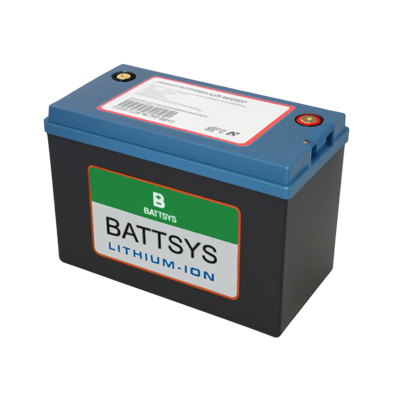The difference between lithium-ion batteries and batteries.
There are many differences between
lithium-ion batteries and batteries, and today we will mainly discuss the differences and different application areas between these two types of batteries.
Lithium batteries, as the name suggests, are batteries used with lithium metal as the negative electrode material. Lithium batteries were first proposed in 1912. Due to the highly reactive nature of lithium, there is a high demand for the processing environment of lithium, which has led to the fact that although lithium batteries have been developed, they have not been applied for a long time. With the advancement of science and technology, lithium batteries have gradually become mainstream.

The history of batteries is even longer. Generally, what we refer to as batteries is lead-acid batteries, and lead-acid batteries are also secondary batteries. However, in terms of pollution, lead-acid batteries have more serious pollution and cannot be compared with lithium-ion batteries in terms of environmental protection.
Lithium ion batteries and batteries are often compared together, both of which have the same function and are used for power supply. Apart from their different definitions, the biggest difference between these two batteries is their functionality, which is why
lithium batteries will gradually replace lead-acid batteries.
The usage temperature of lithium batteries is generally between -20 to 60 degrees Celsius, but generally speaking, the function of lithium batteries will decrease after 0 degrees Celsius, and some special environmental requirements are different. The temperature of lead-acid batteries generally needs to be between 20 and 25 degrees Celsius. When the usage temperature is below 15 degrees Celsius, the capacitance will decrease, and if the temperature is too high, the lifespan will be greatly shortened.
